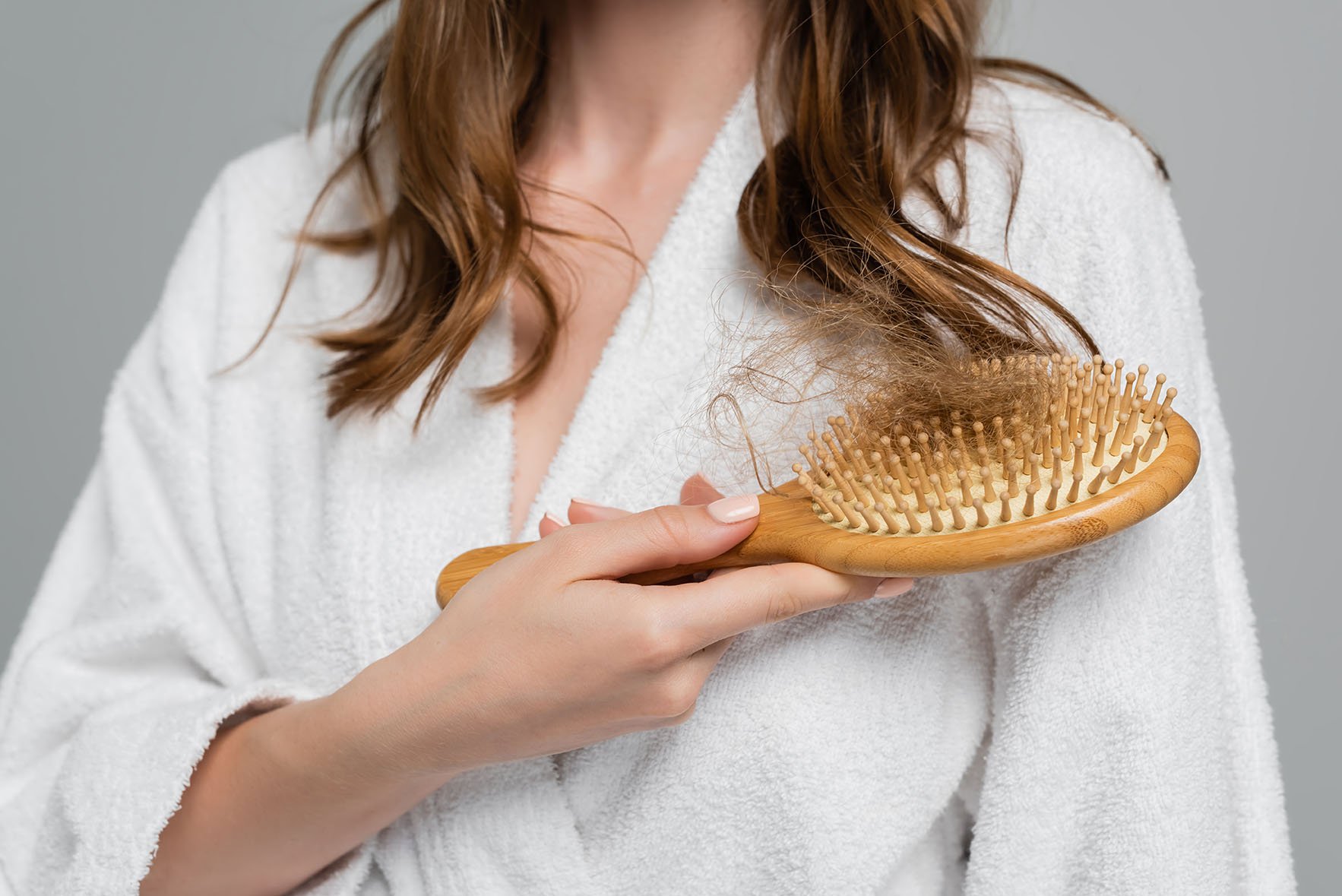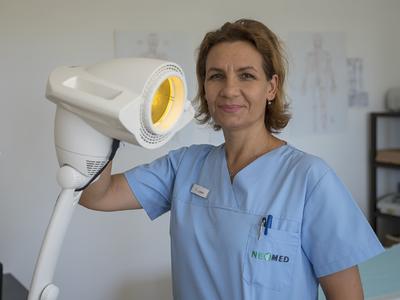The Root Cause of Hair Loss
While part of a natural cycle, excessive loss can be upsetting and should not be ignored says Dina Gavarieva
For most of us, our hair forms an integral part of our identity, so dealing with the loss of it can be a deeply personal and challenging journey. But if you are losing your hair, you are not alone.
While it’s natural to shed between 50 and 100 hairs a day, it’s estimated that excess hair loss and hair thinning affects 70 per cent of all men by the age of 70 and 50 per cent of women by 50.
And while baldness will have to be a fact of life for some, there are measures that can be taken to reverse, slow and prevent some forms of hair loss.
Firstly, the reason for any hair loss needs to be understood. The most common causes are:
- Genetics (androgenetic alopecia), a hereditary condition known as male-pattern or female-pattern baldness that is typically related to hormones called androgens;
- Hormonal changes due to pregnancy, childbirth, menopause, or thyroid problems;
- Medical conditions such alopecia areata, scalp infections, or autoimmune diseases;
- Medications, especially those used for cancer, arthritis, depression, heart problems and high blood pressure;
- Stress, either physical or emotional;
- Nutritional deficiencies such as a lack of iron, protein, or vitamins.
The hair growth cycle involves a growth phase (anagen), a transitional phase (catagen), and a resting phase (telogen). So, don’t be too alarmed when you find hair in the plug hole. It’s normal.
Excessive shedding, known as telogen effluvium, usually happens when a large number of hair follicles suddenly enter the telogen phase prematurely, resulting in visibly thinning hair.
Should you notice excessive shedding, do check thyroid and reproductive hormones, iron and co-factors for potential anaemia, total protein in the blood test, antioxidant protection: vitamin C, vitamin E, zinc, copper, selenium, glutathione, blood sugar / metabolic disorders, autoimmunity markers, toxicity and heavy metals, infections of the scalp.
Hair loss might also be noticeable following viral and bacterial infections, especially severe versions.
If you experience excessive shedding, many clinics now offer a variety of tests to check for any of the above causes of hair loss.
A few simple lifestyle changes might also go a long way in stemming the problem, such as eating a balanced diet, managing stress levels, and – yes – avoiding harsh treatments or hairstyles that can damage hair follicles such as over-tight ponytails, excessive heat styling, and chemical treatments such as perms or relaxers.
When it comes to diet, what you eat can have a huge effect on hair health so go for:
- Protein, which hair is primarily made of, found in lean meats, fish, poultry, eggs, dairy products, legumes, nuts, and seeds;
- Iron, which can be gained from red meat, poultry, fish, beans, lentils, tofu, spinach, and fortified cereals;
- Omega-3 fatty acids found in fatty fish (salmon, mackerel, sardines), flaxseeds, chia seeds, walnuts, and hemp seeds;
- Vitamins and minerals, including vitamin A, vitamin C, vitamin E, biotin (vitamin B7), zinc, and selenium, all of which are present in a variety of fruits, vegetables, whole grains, nuts, seeds, and fortified foods;
- Antioxidants, which can be found in berries, citrus fruits, tomatoes, bell peppers, leafy greens, and nuts;
- Collagen, which can be taken as a supplement or digest from bone broth, chicken skin, fish skin, and gelatine.
Of course, it’s not only about the food. Water is also a must for healthy hair as dehydration can contribute to dry, brittle hair more prone to breakage. Excessive dieting should also be avoided as it can deprive the body of essential nutrients, leading to hair loss.
Also, it might be time to cut out processed foods and sugary snacks as they can contribute to inflammation and oxidative stress, which isn’t great for hair health.
As far as hair loss treatments go, why not treat yourself to a relaxing head massage – it’s a wonderful stress buster that improves blood circulation to hair follicles and promotes hair growth.
Other options to stimulate hair growth include low-level laser therapy and platelet-rich plasma (PRP) therapy.
PRP is a relatively new approach to treating hair loss, but the evidence suggests that it helps by promoting hair follicle health, encouraging the growth of thicker, stronger hair; improving hair follicle function by rejuvenating damaged follicles; and reducing inflammation, which can contribute to hair loss by damaging hair follicles.
While hair loss is naturally a cause for concern, it would be wrong for anyone to dismiss your worries as mere vanity because there could be serious health issues behind the shedding.
For this reason, it’s important that any hair loss is a properly investigated. Once you have a reason, it then becomes easier to correct the root cause and stop hair loss.







